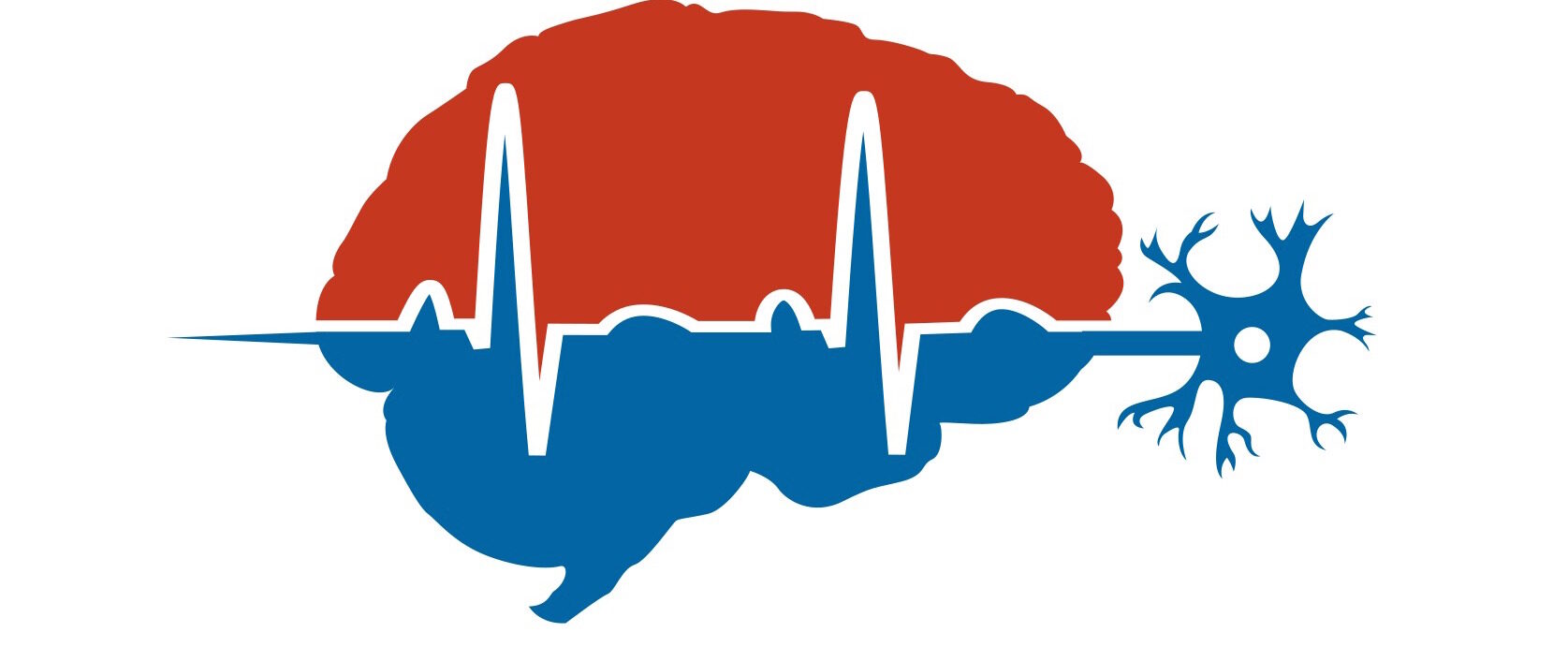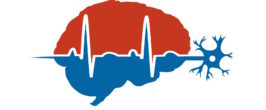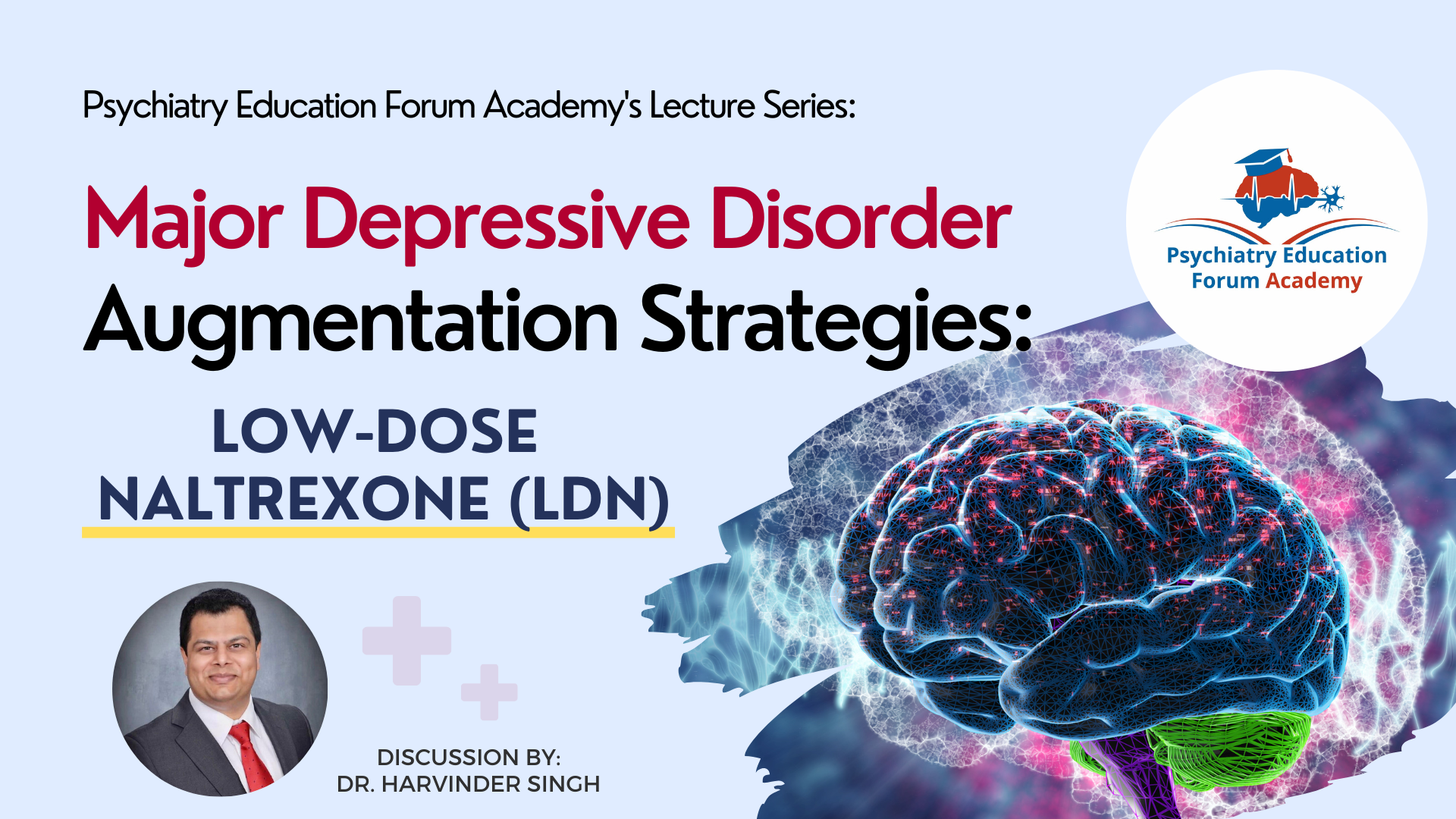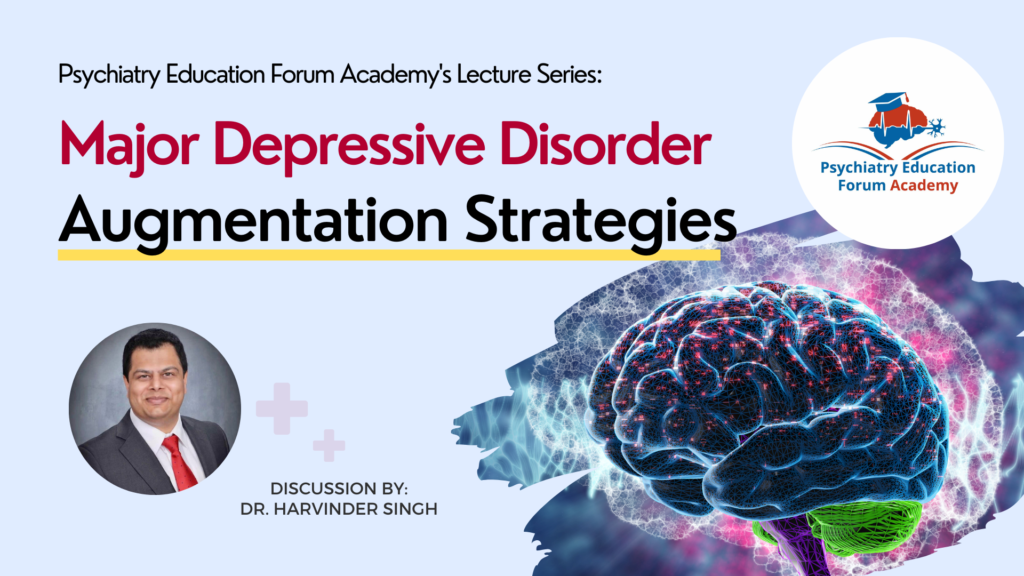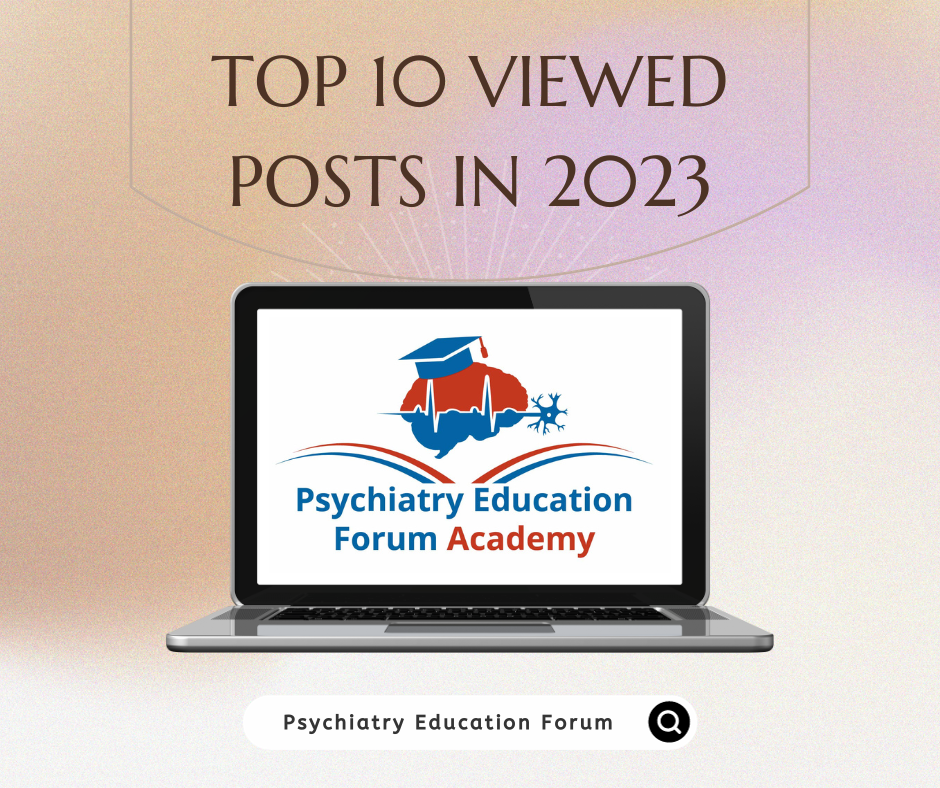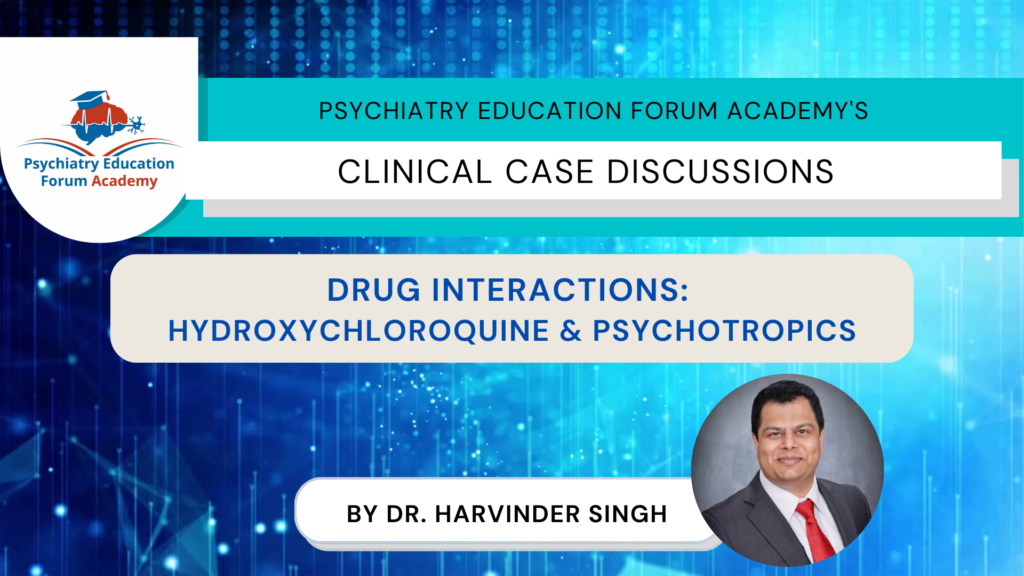Low Dose Naltrexone for MDD Augmentation: What Clinicians Should Know

Major depressive disorder (MDD) remains one of the most challenging psychiatric conditions to treat, especially in cases that are treatment-resistant. In recent years, low dose naltrexone (LDN) has emerged as a potential augmentation strategy, gaining attention due to its unique mechanism and favorable side effect profile. But how strong is the evidence, and when should we consider it in clinical practice?
Let’s begin by answering this question first:

Time's up
🔍 What is Low Dose Naltrexone?
- Naltrexone is traditionally known as an opioid receptor antagonist used at 50–100 mg/day for opioid or alcohol dependence.
- Low dose naltrexone (LDN) refers to doses typically between 1–6 mg/day. (~1/10th of NTX dose)
- At these lower doses, it acts in a paradoxical fashion, potentially modulating the immune system and influencing mood regulation through anti-inflammatory mechanisms and endorphin release.
🧠 The Rationale: Why Consider LDN for Depression?
Inflammation Hypothesis of Depression: A growing body of research links pro-inflammatory cytokines to depressive symptomatology. LDN may help reduce central and peripheral inflammation, particularly TNF-α, IL-6, and microglial activation.
Glial Cell Modulation: Preclinical models suggest LDN may inhibit Toll-like receptor 4 (TLR4) on glial cells, reducing neuroinflammation — a potential driver of treatment resistance in MDD.
β-Endorphin Enhancement: LDN’s rebound effect on endogenous opioid activity may enhance mood and motivation.
💊 Dosing Strategy
Typical LDN dosage (in research for pain management): 4.5 mg
Dose used in MDD research: 2 mg
Given an hour before bedtime.
Can give during day time, if reporting insomnia with LDN.
Compounding pharmacies are needed.
AIM FOR DOSE: 2-4.5 mg
🧩 Where It Fits in MDD Management
LDN may be especially useful in:
Patients with inflammatory markers (elevated CRP, autoimmune disorders)
Partial responders to SSRIs/SNRIs
Augmentation when traditional options (e.g., lithium, atypical antipsychotics) are not tolerated or desired
Patients with comorbid chronic pain, IBS, or fatigue syndromes
🎓 For Academy Members:
Watch the following chapter, where this topic is discussed in the following sections:
- LDN Definition: How is LDN different from Naltrexone?
- Mechanism of action: of LDN for MDD augmentation.
- Recommended Dose for LDN: for MDD augmentation.
- Side Effects & Cautions: with LDN use for MDD.
- Article Discussion: of low dose naltrexone for patients with breakthrough symptoms of major depressive disorder on antidepressants.
We continue to review and summarize clinically relevant research to support your daily practice.
INTERESTED IN ACCESS TO THIS & OTHER CLINICALLY RELEVANT LECTURE SERIES?
JOIN ACADEMY MEMBERSHIP:
This is a closed membership for medical professionals only.
- 400+ Clinically Relevant Chapters: Each chapter within these sections is of direct clinical relevance for your daily practice. (Table of Content)
- Journal Club: we will post the most recently published psychiatry articles relevant to your daily clinical practice. (Read Content)
- Clinical Case Discussion: Dr. Singh (Psychiatry) and Dr. Kaur (Family Medicine) discuss clinical cases to integrate the clinical cases from Psychiatry and Medicine. (Read Content)
- Monthly Insights: Gain access to our monthly sessions featuring the latest on recent publications, new medication approvals, FDA updates, and more. (Monthly Insights)
- Discussion Forum & Community: Connect with other medical professionals and discuss your difficult-to-treat clinical cases. (Academy Network)
- Goal: is to have all important clinically relevant topics in one place for ease of access.
DISCOUNTS AVAILABLE FOR: Residents & Students ONLY.
Email us your student information (program information and way to confirm your student status) to: [email protected]
© 2025 All Rights Reserved.
